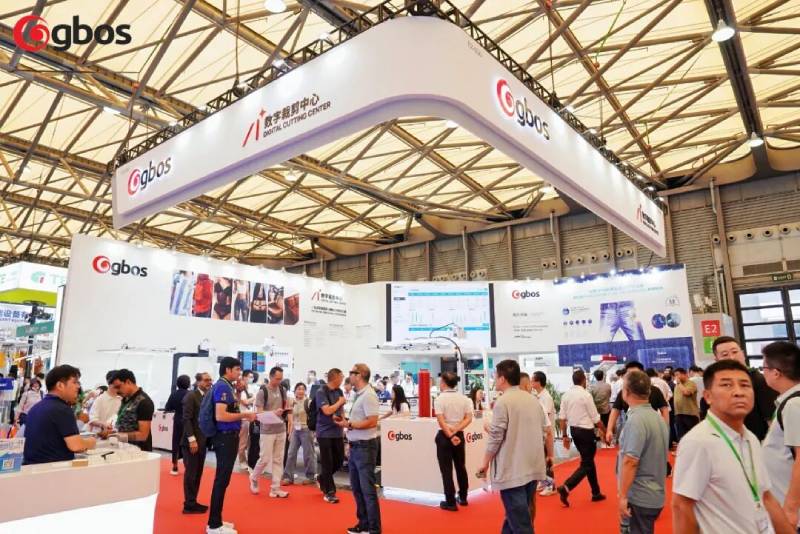"It seems to be a complex web of global and internal pressures that is plaguing Indian exports growth plans. In 20 out of the last 21 months, India’s merchandise exports registered negative growth. Services exports, which were earlier doing well have also started declining – falling by 4.56 per cent (year on year) in July. With a decline of just 0.3 per cent in August, Indian officials claim that the export decline has bottomed out and hence it should soon pick up."

It seems to be a complex web of global and internal pressures that is plaguing Indian exports growth plans. In 20 out of the last 21 months, India’s merchandise exports registered negative growth. Services exports, which were earlier doing well have also started declining – falling by 4.56 per cent (year on year) in July. With a decline of just 0.3 per cent in August, Indian officials claim that the export decline has bottomed out and hence it should soon pick up. However, that doesn’t seem a possibility because of the complex interplay of global as well as internal factors that will continue to constrain India’s exports, going forward.
External forces and their impact

With a slowdown in China, Japan and EU, along with the great commodity crash, there’s seems to be a long way for the revival of global trade, indicating lower demand for imported goods and services in most parts of the world. Global trade liberalisation is progressing slowly as trade policy now has to deal with contentious non-tariff issues such as labour and environment, tighter WTO-plus rules on protection of intellectual property rights, public procurement and investment.
Going ahead, Brexit seems to be a visible threat to global trade with the EU accounting for nearly a third of global trade even though its share in global GDP is 25 per cent. Trade elasticity (that measures change in world trade as a result of change in global GDP) has reduced from 2 (1980-2011) to 1 (2012-15/16) and the situation is going to remain the same for some time now. According to WTO, world trade is likely to grow at 1.7 per cent in compared to world GDP at 3 per cent this year.
The share of services in global GDP is increasing sharply but the increase in services GDP is not adding much to the global trade. And former RBI governor Raghuram Rajan rightly points out aptly as countries become richer, non-traded services constitute a greater share of output causing GDP to grow faster than trade. Thus, a significant portion of global GDP growth is simply bypassing global trade.
Implications for India
The above pressures would significantly impact exports of India in the near future. Slowdown in China would dramatically reduce export growth for India. China, by limiting the growth of commodity exporting nations as well as Asean, Japan and Korea, will limit the overall demand for Indian exports. OPEC, along with Brazil and Russia together, accounts for roughly one-fourth of India’s merchandised exports.
Moreover, it remains to be seen how India will fight global giant ‘China’ in the wake of ‘Make in India’ movement and its low cost labour advantages. Labour reforms is a major challenge because India will be under tremendous pressure to increase minimum wages despite having lower labour productivity compared to countries such as Bangladesh and Vietnam in key manufacturing industries. Further, the EU accounted for 17 per cent ($45 billion) of India’s merchandise exports in FY 2016 and 20 per cent of that shipped to UK. Similarly, UK accounted for half of $24 billion IT exports to the EU. These exports are likely to hit by Brexit and its after-effects.
India’s exports are still a significant contributor in the global trade. The top 20 product categories account for 80 per cent of India’s total goods exports. The export of services is even more skewed than goods. Services sector accounts for roughly 60 per cent of its GDP. Over 62 per cent of India’s IT export goes to the US alone, and one vertical, BFSI accounts for 40 per cent of total IT export. It’s the reliance on one particular sub-set that may signal problem for Indian exports. India has to truly work on its tourism potential to up its capabilities.
Economist say reforms like keeping rupee undervalued won’t help India’s exports. Rupee depreciation usually leads to demand for steeper discounts from buyers in a sluggish global demand scenario. Thus, we end up supplying more goods for the same amount of dollars. It’s important to realise that faster global GDP growth rather than discounts lifts India’s exports as India’s export basket is now more income elastic than price elastic. Trade ties with the countries need to be carefully designed and materialised to their fullest to reap maximum benefits.











